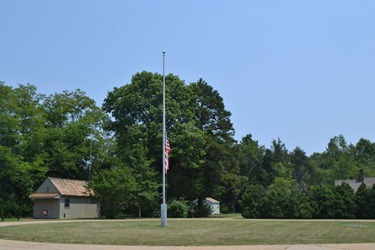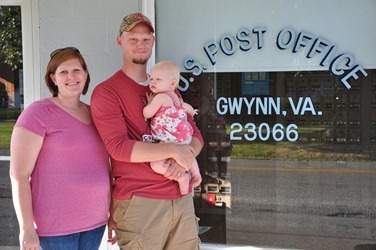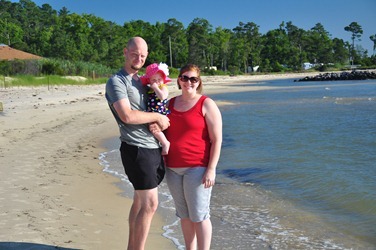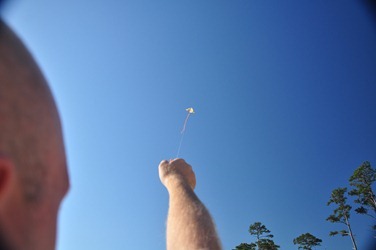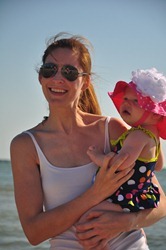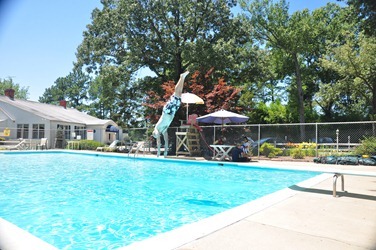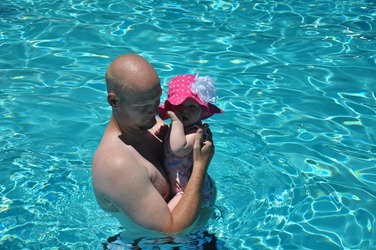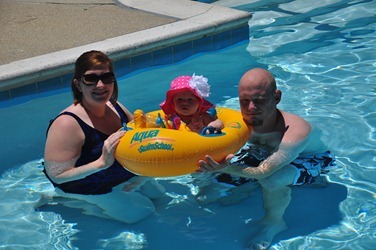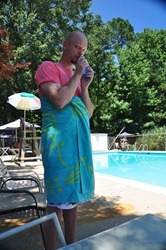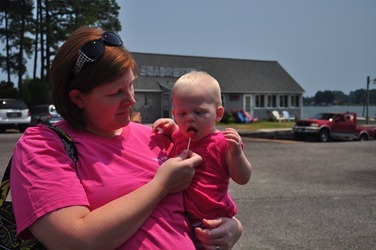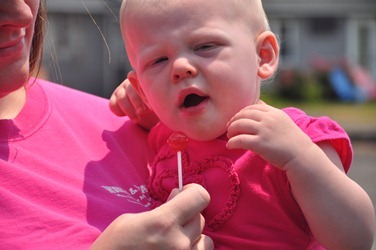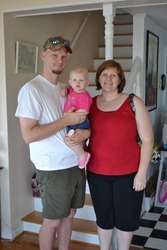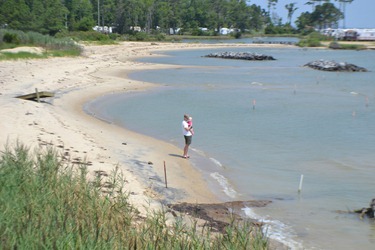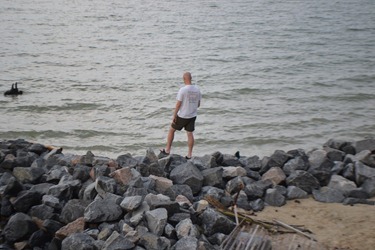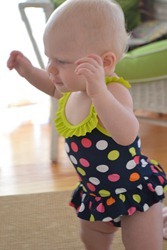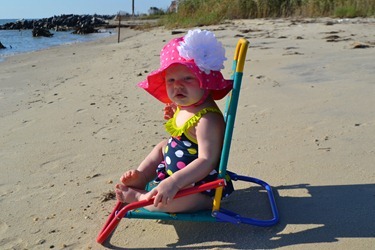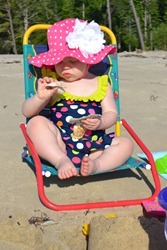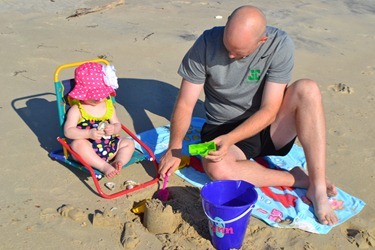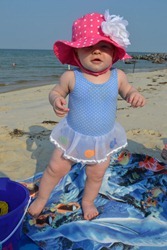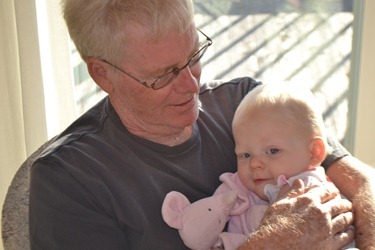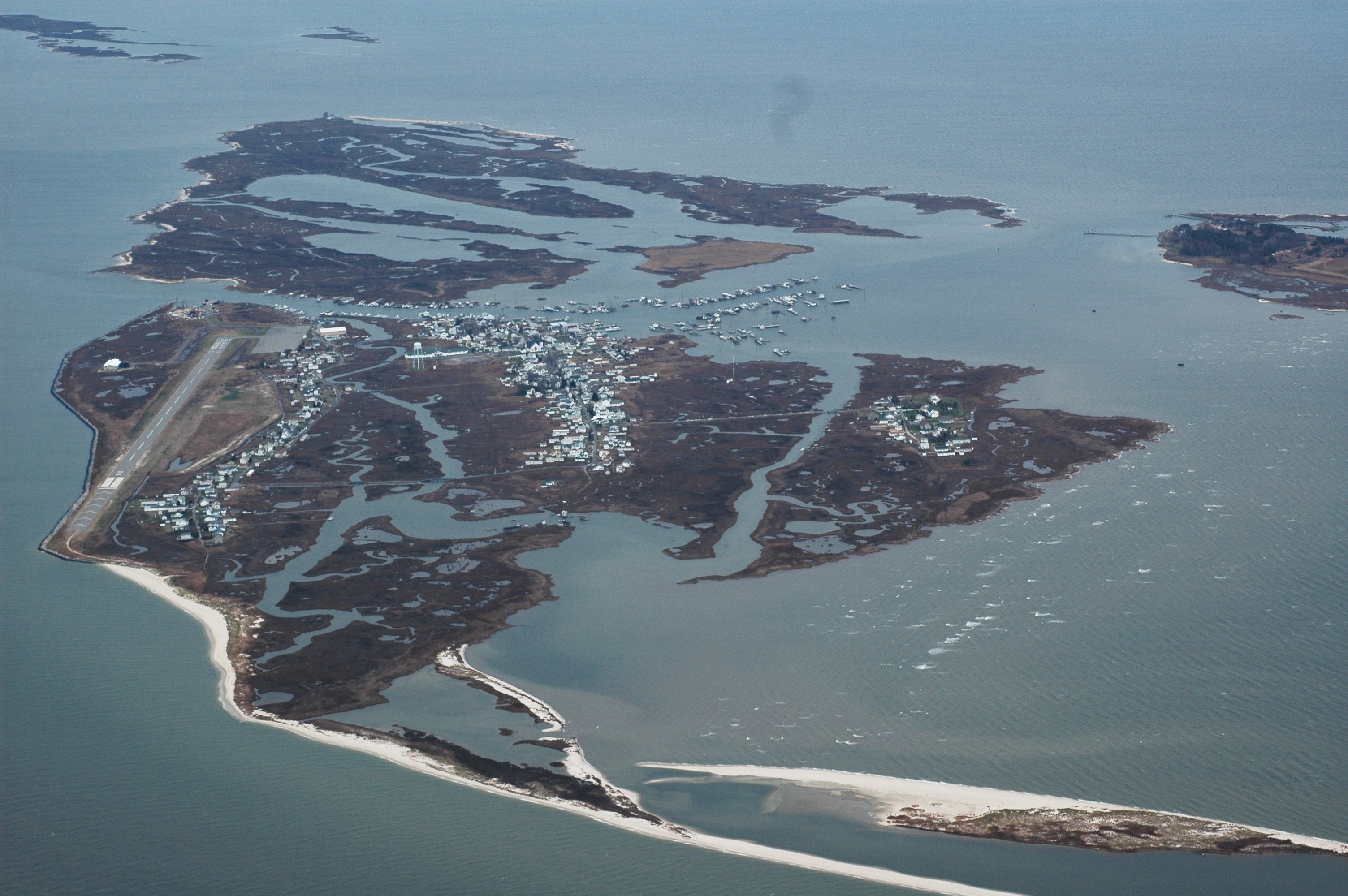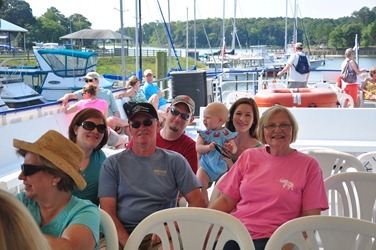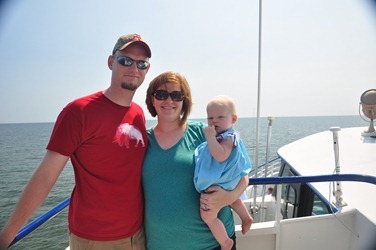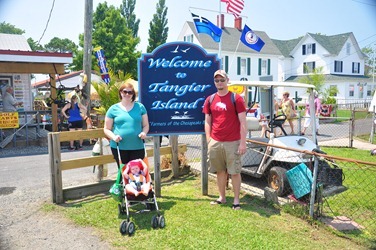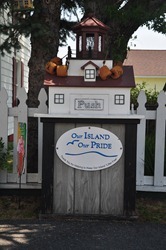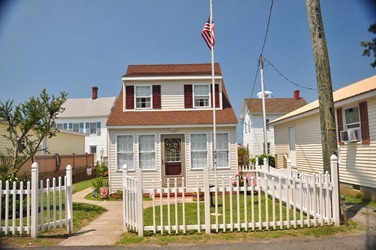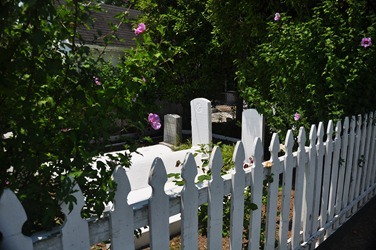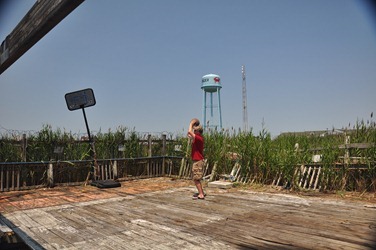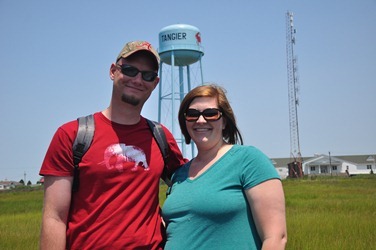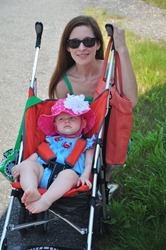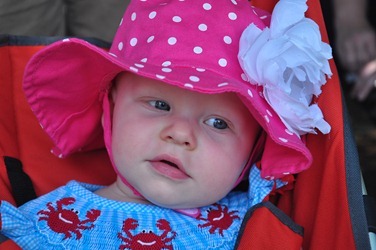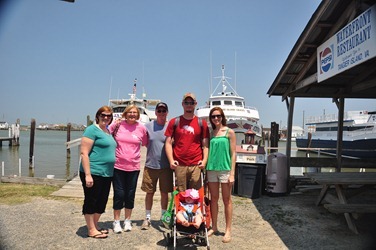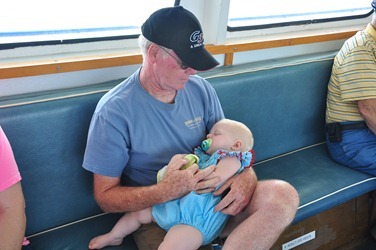Fredericksburg was a Confederate victory in December 1862 during The War of Northern Aggression. The battlefield covered most of the city, but only a few acres is still as is. They do a good job of giving you an idea of how the battle went down though.
This flag is one of many that soldiers used to play tic tac toe during breaks between battles.
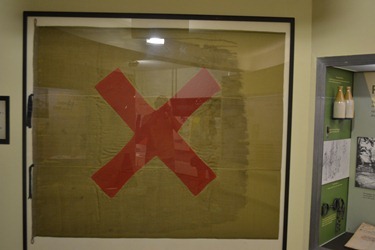
I would love a switchblade spoon.
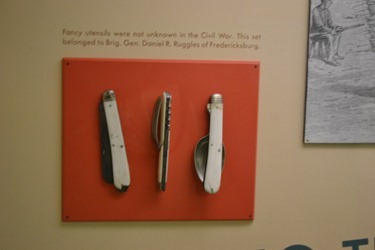
We were waiting for a guided tour of the battlefield and used the time to check out exhibits like these.
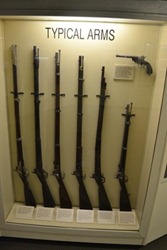
Painting courtesy of Fredericksburg Elementary’s 3rd grade art class.
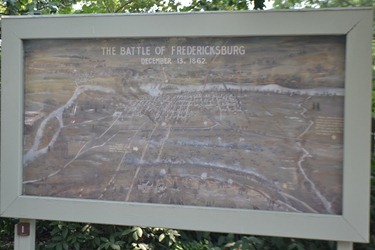
Our tour guide. She did a good job. She also works for free.
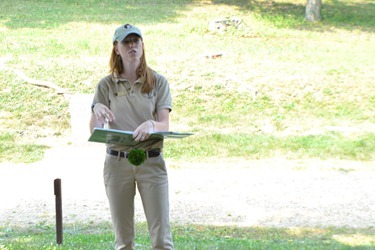
One of the homes on the hill atop the battlefield.

Back in the day the city was smaller. Once you crossed the river you had several blocks of houses before coming to an open area where the battlefield was located.
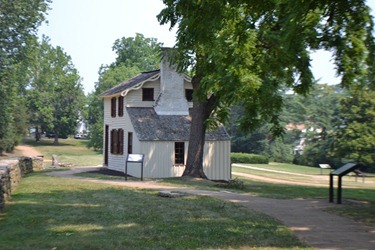
One of many bullet holes that are presumably from 1862.
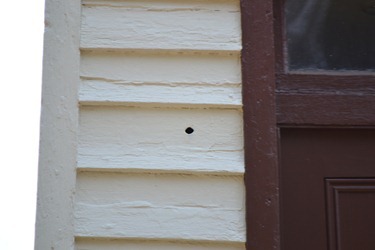
A bit of a hill to the left of the road.
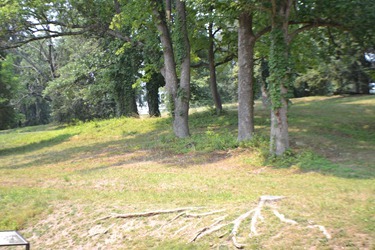
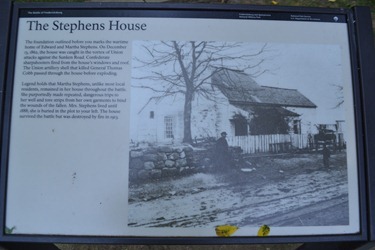
The outlining of one of the houses that was around during the battle.
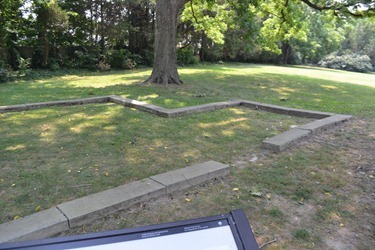
A private residence. This fellow drives through a Civil War Battlefield to get to work every day.
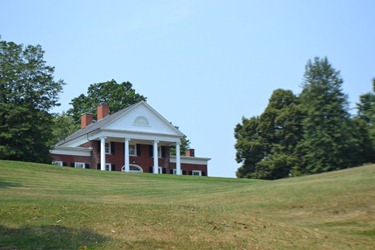
So this is the sunken road. To the right is the town and eventually the Rappahannock. To the left is the hill in the other picture. This road eventually led to Richmond. The retaining wall was used to keep the road from getting washed out. This particular section is the original retaining wall.
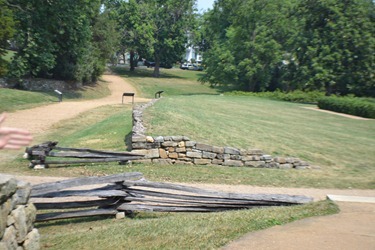
So the Yankees had to try to take the high ground by going across a field a few hundred yards long while one group of rebels set up behind the wall and another set up at the top of the hill to the right.
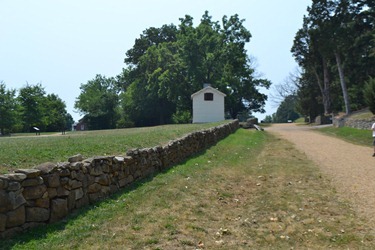
Another view. Yankees came from the left.
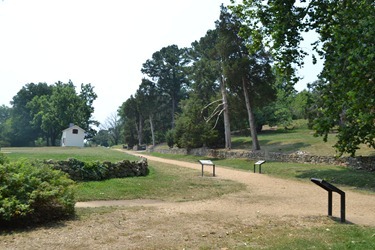
Poor fella.
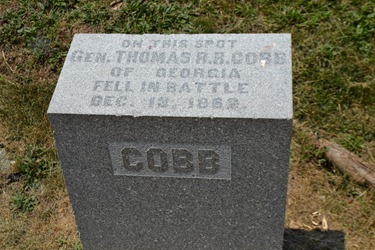
The most famous image from this particular field of battle. It shows the geography very well.

What the area looks like today.

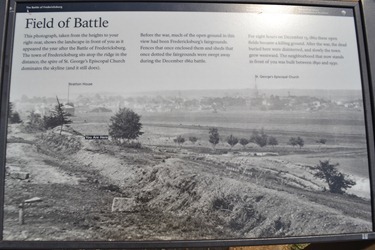
After lunch in Fredericksburg (which is really a nice little town) we headed to the Stonewall Jackson Shrine, even though we didn’t quite know what it was.
After Jackson was shot doing reconnaissance at Chancellorsville he was brought to this location near the train tracks so he could be taken to Richmond.
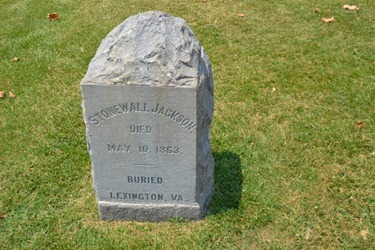
Unfortunately he was injured very badly and ended up getting pneumonia and died. This is the actual bed he passed away in.
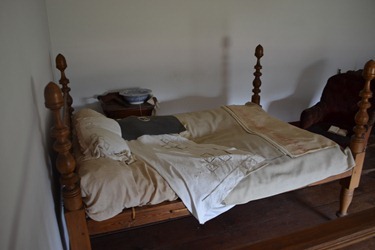
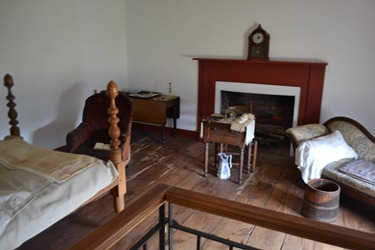
He spent almost a week here trying to heal. It was a storage building adjacent to a plantation house (which wasn’t as big as you’d think) that was quickly furnished to give it a more homely feel.
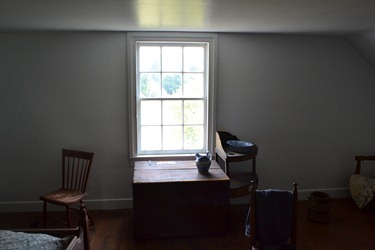
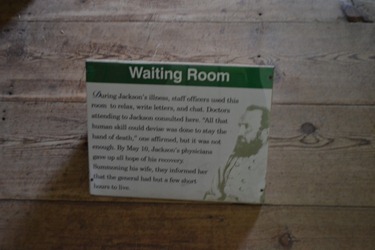
Letter written from a visitor. He’s essentially saying it doesn’t look good for ole Stonewall.
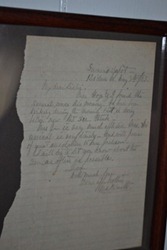
It was a fairly unassuming home in the middle of nowhere. to the right of the house are the train tracks which are still used to this day.
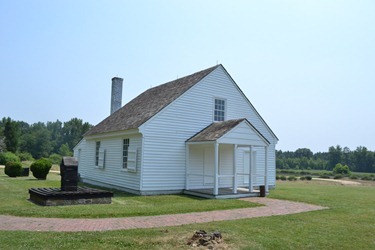
I forgot to ask if the flag was always at half mast. It should be.
